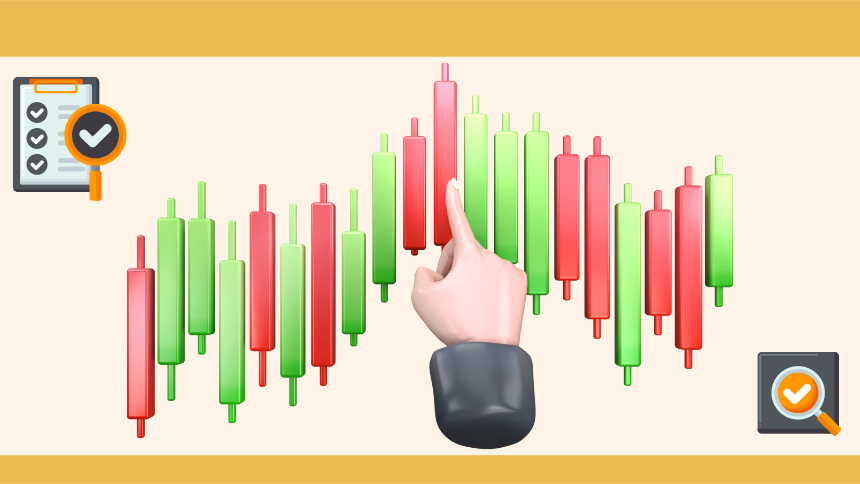Technical analysis is a powerful tool used by traders to predict future price movements of cryptocurrencies based on historical price data and trading volume. By understanding key technical indicators and chart patterns, traders can make informed decisions and improve their trading strategies. In this comprehensive guide, we will explore the fundamentals of technical analysis and provide practical tips on how to perform technical analysis on cryptocurrencies effectively.
What is Crypto Technical Analysis?
Crypto Technical Analysis involves analyzing historical price data and trading volume of cryptocurrencies to forecast future price movements. Traders use tools like chart patterns, technical indicators, and trend analysis to identify potential trading opportunities based on patterns and trends observed in price charts. It helps traders make informed decisions by analyzing market trends and identifying entry and exit points for trades.
Unlike fundamental analysis, which evaluates the intrinsic value of an asset based on factors such as project fundamentals and market adoption, technical analysis focuses solely on price action and market trends.
Key Concepts of Technical Analysis
Support and Resistance:
Support and resistance levels are key price levels where buying and selling pressure is concentrated. Support levels represent price floors where buying interest is strong enough to prevent further price declines, while resistance levels represent price ceilings where selling pressure is strong enough to prevent further price increases.
Trend Analysis:
Trends are directional movements in price over time. Traders use trend analysis to identify the prevailing market direction, such as uptrends (bullish), downtrends (bearish), or sideways trends (consolidation). Trend lines are drawn on price charts to visually represent the direction of the trend and potential reversal points.
Chart Patterns:
Chart patterns are formations that occur on price charts and provide insights into market psychology and potential price movements. Common chart patterns include triangles, flags, pennants, head and shoulders, and double tops and bottoms. Traders use these patterns to anticipate trend continuations or reversals.
Technical Indicators:
Technical indicators are mathematical calculations based on price and volume data that help traders identify trends, momentum, volatility, and overbought/oversold conditions in the market. Popular technical indicators include moving averages, relative strength index (RSI), MACD (Moving Average Convergence Divergence), and Bollinger Bands.

Performing Technical Analysis on Cryptocurrency
1. Selecting Timeframes:
Choose an appropriate timeframe for your analysis based on your trading strategy and objectives. Short-term traders may focus on intraday or hourly charts, while long-term investors may prefer daily or weekly charts to identify broader trends.
2. Analyzing Price Charts:
Use candlestick charts or line charts to visualize price movements and identify key support and resistance levels, trend lines, and chart patterns. Pay attention to volume indicators to confirm the validity of price movements and identify potential trend reversals.
3. Applying Technical Indicators:
Overlay technical indicators on price charts to supplement your analysis and identify potential trading opportunities. Experiment with different indicators and parameters to find combinations that align with your trading style and objectives.
4. Interpreting Signals:
Interpret signals generated by technical indicators and chart patterns to make informed trading decisions. Look for confluence between different indicators and price action to increase the reliability of your signals. Exercise caution and verify signals with other forms of analysis to avoid false signals.
5. Risk Management:
Implement proper risk management strategies to protect your capital and minimize losses. Set stop-loss orders to limit potential losses and adhere to strict risk-reward ratios for each trade. Diversify your portfolio and avoid overleveraging to mitigate the impact of adverse market movements.
Conclusion
Technical analysis is a valuable tool for traders and investors seeking to navigate the dynamic cryptocurrency markets. By mastering key concepts such as support and resistance, trend analysis, chart patterns, and technical indicators, traders can gain valuable insights into market trends and make informed trading decisions. Remember to conduct thorough analysis, practice risk management, and continuously refine your trading strategy to adapt to changing market conditions. With dedication and practice, you can leverage technical analysis to improve your trading performance and achieve your financial goals in the exciting world of cryptocurrencies.
